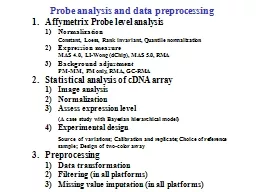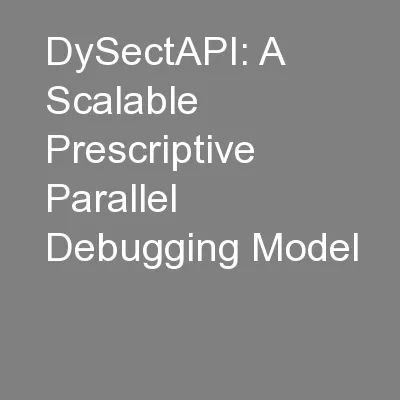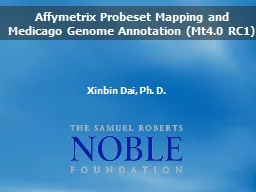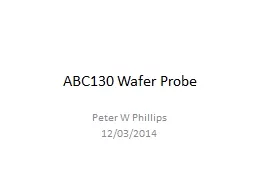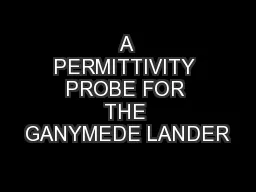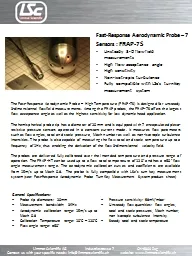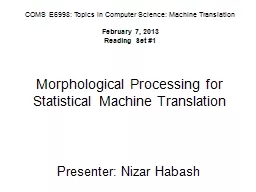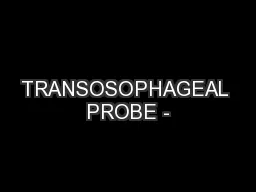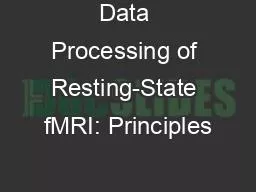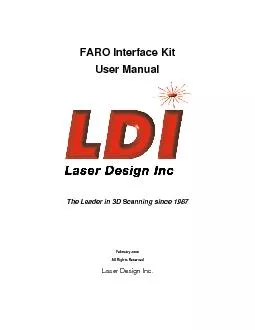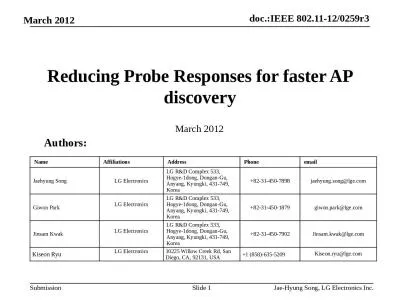PPT-Probe analysis and data preprocessing
Author : cheryl-pisano | Published Date : 2016-06-01
Affymetrix Probe level analysis Normalization Constant Loess Rank invariant Quantile normalization Expression measure MAS 40 LIWong dChip MAS 50 RMA Background
Presentation Embed Code
Download Presentation
Download Presentation The PPT/PDF document "Probe analysis and data preprocessing" is the property of its rightful owner. Permission is granted to download and print the materials on this website for personal, non-commercial use only, and to display it on your personal computer provided you do not modify the materials and that you retain all copyright notices contained in the materials. By downloading content from our website, you accept the terms of this agreement.
Probe analysis and data preprocessing: Transcript
Download Rules Of Document
"Probe analysis and data preprocessing"The content belongs to its owner. You may download and print it for personal use, without modification, and keep all copyright notices. By downloading, you agree to these terms.
Related Documents

